This review is taken from PN Review 188, Volume 35 Number 6, July - August 2009.
on Ciaran Carson
John Fuller, Amy Clampitt, Gillian Clarke, Vasko Popa, R.F. Langley, Kathleen Raine, Séan Rafferty, Pearse Hutchinson, Michael Hartnett, Richard Kell, R.F. Langley, John Montague, Sally Purcell, Robert Nye, Freda Downie, Drummond Allison, Lee Harwood, David Constantine, Edward Lowbury, Anthony Cronin, Edith Sitwell, C.K. Williams, Thom Gunn, Weldon Kees, P.J. Kavanagh, Norman MacCaig, Paul Auster, John Welch, Christopher Middleton, Veronica Forrest-Thomson, Donald Davie, Miriam Waddington, Ciaran Carson, Elizabeth Jennings, A.S.J. Tessimond, Norman MacCaig, Charles Tomlinson, Michael Hamburger, Michael Donaghy, Sheila Wingfield, Alan Brownjohn, Peter Porter, Edith Sitwell, Ronald Duncan, W.S. Graham, Michael Murphy, Kathleen Raine, Eiléan Ní Chuilleanáin, Anne Stevenson, Montagu Slater, Ian Patterson, Collected Poems (Gallery Press) £20
‘History is a nightmare from which I am trying to awake,’ says tephen Dedalus in Ulysses, a phrase which has come to loom large in criticism of Northern Irish poetry of the Ulster Renaissance and its second generation. If this Joycean aphorism has become something of a megalith, Ciaran Carson’s anti-megalithic, anti-aphoristic poetry occupies its huge shadow. This at times dazzlingly inventive, at times dazzlingly obscure poet often writes from the umbrous zone between nightmare and history, and from the border between self and other (after Keats and Chuang Tzu), or animal and man as the brilliant ‘Second Nature’ has it (First Language). The first-person perspective is all-important to Carson’s poetry. Politics, too, become refracted through the eye of the beholder - the poet’s relationship with nationalism goes hand in hand with an obsession with Irish folk music, as well as an enduring fascination with the English Romantics, especially Coleridge, Keats and de Quincey.
Carson is a poet of memory, of ‘the dark, mnemonic cavity’ (‘A Date Called
The page you have requested is restricted to subscribers only. Please enter your username and password and click on 'Continue':
If you have forgotten your username and password, please enter the email address you used when you joined. Your login details will then be emailed to the address specified.
If you are not a subscriber and would like to enjoy the 292 issues containing over 11,700 poems, articles, reports, interviews and reviews,
why not subscribe to the website today?
